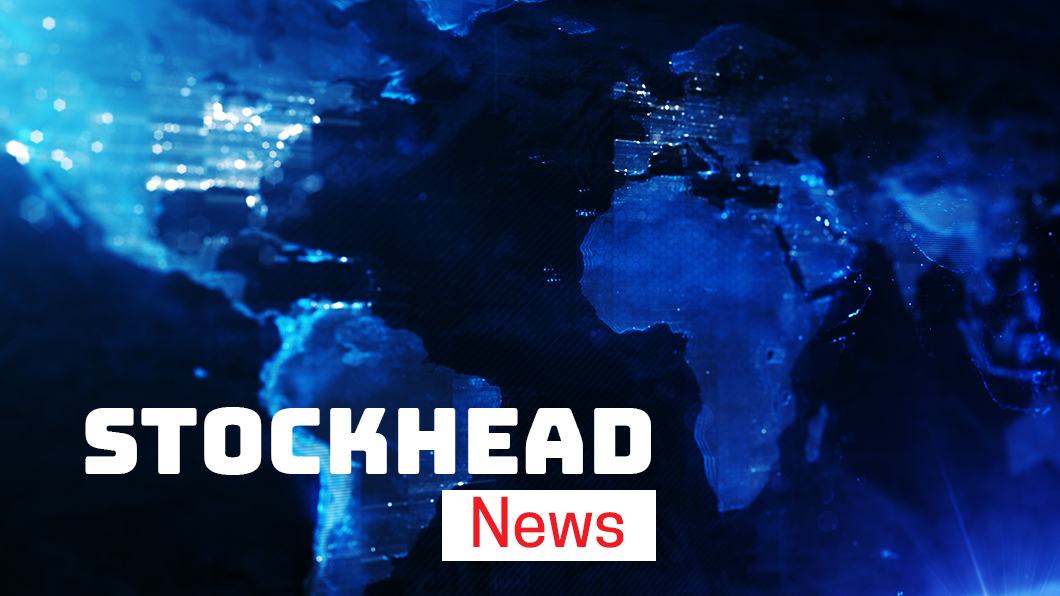US interest rates just rose for the first time since 2018 — how high will they go?

Pic: DKosig / iStock / Getty Images Plus via Getty Images
- US Fed raises interest rates by 25 basis points for the first time since 2018
- CBA analyst Joseph Capurso think US rates will finish with a 3-handle
- Possibility of two 50bp hikes this year as pace of tightening accelerates
US interest rates have officially started rising, and CBA says the risk is for “a higher peak” as the hiking cycle gets underway.
Wednesday night’s Fed meeting was the marquee event of the week on global markets, as US rates rose (by 25 basis points) for the first time since 2018.
Stocks ripped higher, even though broadly speaking, rising rates are viewed as a headwind for equities.
But when it comes to interest rates, stock investors are always forward-looking. Clearly flagged ahead of time, the Fed’s March rate hike was more of a formality.
If anything, it may have been something of a relief that the Fed has a close eye on inflation. Before Russia’s Ukraine invasion, the prospect of a 50bp hike was also on the table.
Adopting that forward-looking approach, the next key question (now that rates are rising) is — how far will they climb before the next US rate hike cycle tops out?
Following the Fed’s meeting, CBA analyst Joseph Capurso is more hawkish.
Previously, he expected the next hiking cycle to top out at 2.25%-2.5%. Now, he think US rates will finish with a 3-handle (3%).
Furthermore, “the risk is the FOMC increases the Funds rate even higher”, Capurso said.
US interest rates — how much is too much?
The rates outlook is based on a complex combination of projections, including GDP and inflation.
In one sense, rate rises can be a healthy reaction to inflation which is itself a byproduct of economic growth and productivity.
But for stock investors, it’s always a delicate dance — how high is too high?
For example, back in October 2018 the US Fed had managed to steadily hike rates to the 2%-2.25% without spooking markets before Jerome Powell — fresh in his new role as Fed chair — said rates still had a long way to climb.
Stocks promptly tanked in December that year, before the Fed hit the brakes and actually started cutting rates in 2019.
For a more recent example, rewind to November 2021, when marked consensus began to form around the idea that post-COVID inflation would prove more than just transitory (after sitting on the fence for ~6 months).
Because markets are forward-looking, merely the idea that rates may have to meaningfully rise to combat 40-year high inflation prints prompted a major rotation.
How sharp was it? Ask just about any tech investor.
From January 4 to late-February, the Nasdaq briefly slipped into a bear market (-20%) before a relief rally this week.
BNPL stocks — the ASX’s bellwether for high-growth, zero profit market darlings in the post-COVID liquidity splash — got spanked.
Most of the sector is down +75% from all-time highs. Zip Co (ASX:Z1P) rallied strongly yesterday, but is still trading around 15% below the $1.90 price that it just raised $148.7m at to acquire under-fire competitor Sezzle (ASX:SZL).
(That deal was fully-underwritten by the way, leaving Z1P’s advisors extra-hopeful of a market rebound.)
In place of tech, money as poured into global commodities — a move exacerbated by some major dislocations stemming from Russia’s position as a global commodity supplier.
Fed analysis
In that context, one tail-risk for investors is whether the Fed will have to raise rates higher and faster than expected.
The supply-side impact of a commodity such as oil, which feeds into the cost structure of just about every good and service — makes the policy challenge more acute.
In his analysis of the Fed meeting, Capurso noted that Fed committee members are already moving fast when it comes to monetary policy and the inflation outlook.
As recently as December, the consensus among Fed committee members was that rates would end 2022 in a 0.75%-1.00% range. Now, it’s 1.75%-2.00%.
“That is a very large jump in expectations,” Capurso said.
And it implies that investors can expect the Fed to hike “at every remaining meeting this year”.
In addition, the Fed also expects annualised core inflation to finish the year at 4.1% — well up from its previous forecast of 2.3%.
It also now expects inflation to remain above its 2% minimum target through to the end of 2024.
“That would be a long four-year period of inflation above the FOMC’s 2%/yr target, and indicates the FOMC is ‘well behind the curve’,” Capurso said.
The net result is that rates may need to rise faster than the Fed currently expects, he said. And that’s a point worth keeping in mind for stock investors.
Instead of a 0.25% hike at every 2022 meeting, Capurso raised the prospect of two 50bp hikes this year as the pace of tightening accelerates.
Perception is reality
After a decade-plus where inflation in major Western economies went nowhere, the pandemic has finally got it moving.
Each month, annualised US inflation is consistently printing at 40-year highs.
In Capurso’s view, that’s feeding into another important data trend; as inflation rises, future inflation expectations among consumers are also rising.
“High inflation expectations can embed high inflation outcomes,” Capurso says.
The 40-year highs for inflation are worth noting (at least in a historical context), because the last time US inflation ran that hot, the Fed hiked rates to 20%.
There was a recession in 1981/82, followed by a 40-year structural rates downtrend (which has been great for stocks and property).
Broadly speaking, that downtrend may still be in play. For example, Capurso now forecasts upside to the Fed’s next hiking cycle north of 3% (still a fair way from 20%).
However, “the 1980s showed it was very costly to return inflation back to target when inflation expectations are high, because more policy tightening may be required”, Capurso said.
So the complex by-play between inflation and economic growth is still in play.
For example, Capurso noted Powell said the US economy is “very strong, and can handle tighter policy monetary”.
The US unemployment rate is back under 4%, while Australia’s u/e rate just fell to a 14-year low of 4%.
After saying ‘2024 at the earliest’ for a rate hike all through last year, markets are now fully priced for the RBA to also start raising rates this year.
And while significantly lifting its inflation expectations, the US Fed also cut its forecast for economic growth in 2022 to 2.8% (down from 4%) due to the fallout from the Russia-Ukraine war.
That more stag-flationary outlook helps to illustrate the complex task facing policy makers and investors as the global economy navigates its way through conflict and higher inflation.
UNLOCK INSIGHTS
Discover the untold stories of emerging ASX stocks.
Daily news and expert analysis, it's free to subscribe.
By proceeding, you confirm you understand that we handle personal information in accordance with our Privacy Policy.








